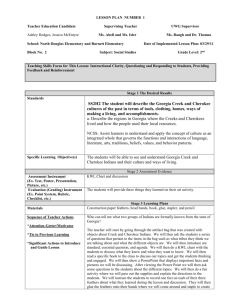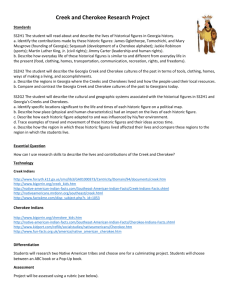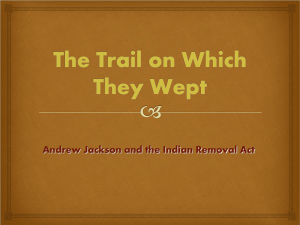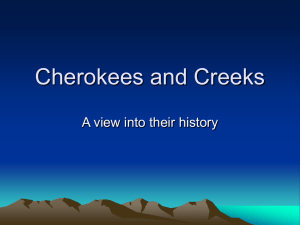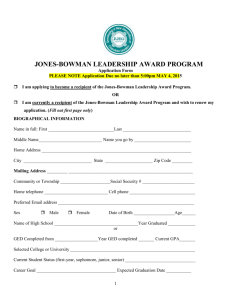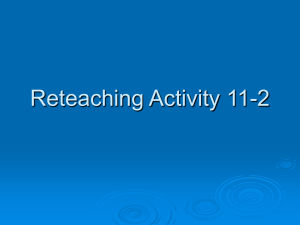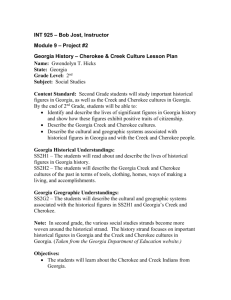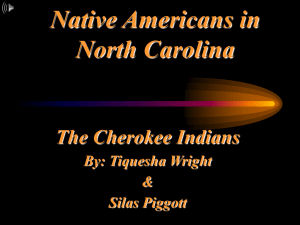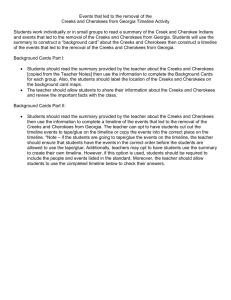2nd Grade - Unit Design
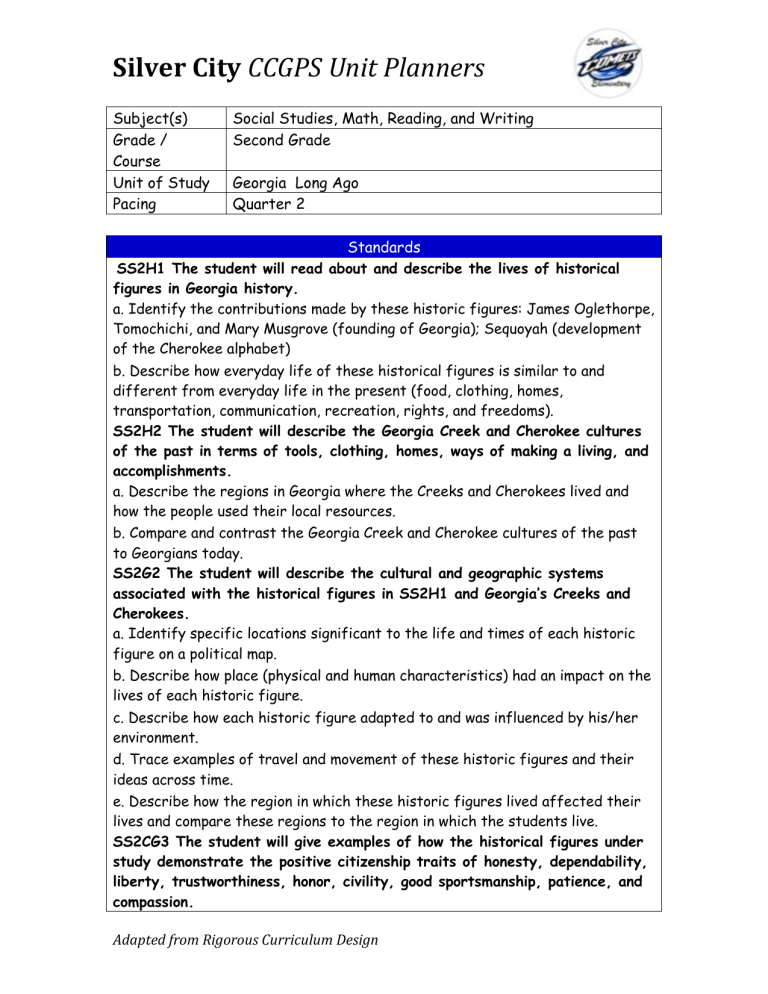
Silver City CCGPS Unit Planners
Subject(s)
Grade /
Course
Social Studies, Math, Reading, and Writing
Second Grade
Unit of Study Georgia Long Ago
Pacing Quarter 2
Standards
SS2H1 The student will read about and describe the lives of historical
figures in Georgia history. a. Identify the contributions made by these historic figures: James Oglethorpe,
Tomochichi, and Mary Musgrove (founding of Georgia); Sequoyah (development of the Cherokee alphabet) b. Describe how everyday life of these historical figures is similar to and different from everyday life in the present (food, clothing, homes, transportation, communication, recreation, rights, and freedoms).
SS2H2 The student will describe the Georgia Creek and Cherokee cultures of the past in terms of tools, clothing, homes, ways of making a living, and
accomplishments. a. Describe the regions in Georgia where the Creeks and Cherokees lived and how the people used their local resources. b. Compare and contrast the Georgia Creek and Cherokee cultures of the past to Georgians today.
SS2G2 The student will describe the cultural and geographic systems associated with the historical figures in SS2H1 and Georgia’s Creeks and
Cherokees. a. Identify specific locations significant to the life and times of each historic figure on a political map. b. Describe how place (physical and human characteristics) had an impact on the lives of each historic figure. c. Describe how each historic figure adapted to and was influenced by his/her environment. d. Trace examples of travel and movement of these historic figures and their ideas across time. e. Describe how the region in which these historic figures lived affected their lives and compare these regions to the region in which the students live.
SS2CG3 The student will give examples of how the historical figures under study demonstrate the positive citizenship traits of honesty, dependability, liberty, trustworthiness, honor, civility, good sportsmanship, patience, and compassion.
Adapted from Rigorous Curriculum Design
Essential Questions/Enduring Understandings
K-5 EU: The student will understand that what people, groups, and institutions say and do can help or harm others whether they mean to or
not.
How did the Cherokee and the Creek meet their basic needs? (food, water, shelter)
How did Sequoyah influence the Cherokee way of life
?
Location: The student will understand that location affects a society’s economy, culture, and development.
K-5 EU: The student will understand that where people live matters.
Where in Georgia did the Cherokee live?
Where in Georgia did the Creek live?
How did the Cherokee and Creek depend on nature to meet their basic needs?
How did Sequoyah’s accomplishments affect the entire Cherokee Nation?
How did the Creek and Cherokee get resources that were not available in the region(s) where they live(d)?
K-5 EU: The student will understand that because people cannot have
everything they want, they have to make choices.
How did the Creek and Cherokee protect their land?
What did Georgia’s first people have to do so that everyone would have enough of their basic needs?
What kinds of choices did people have to make in order to survive?
How did the Cherokee and Creek adapt to changes in their environment?
Time, Change, Continuity: The student will understand that while change occurs over time, there is continuity to the basic structure of society. K-5 EU:
The student will understand that some things will change over time, while
other things will stay the same.
How did life for the Creek and Cherokee change when the settlers arrived in what is now Georgia?
How were the lives of the Creek and Cherokee in Oglethorpe’s time different from our lives today?
In what ways are the lives of the Creek and Cherokee of Oglethorpe’s time the same as the lives of modern Georgians?
How is your life the same as Sequoyah’s life?
What kinds of things are different in your life than what Sequoyah might have experience d?
Big Ideas
Investigate the lives of James Oglethorpe, Mary Musgrove,Tomochichi, and Sequoyah to undstand the impact they have on Georiga’s History.
Compare and contrast the cultures of the Creek and Cherokee.
Connect the location and cultures of the Creek, Cherokee, and historical figures to our
location and cultures today.
Adapted from Rigorous Curriculum Design
Pre-Assessment
Pre/Post Assessment
Unit Assessments
Checks for Understanding
Formative Assessment pages 10 & 11 use as a teacher tool for quick check before the last week.
Speaking and Listening
Reassessment Tool
Student Evaluation of Native American Unit
Research-based Strategies:
Graphic Organizers
Interdisciplinary Non-fiction Writing
KWL/OWL
Collaborative Learning
Modeling and Demonstration
Comet Learner Profile
Inquirers
Active Thinkers
Knowledgeable
Communicators
Reflective
Risk Takers
Cooperation
Curiosity
Euthusiasm
Independence
Appreciation
Comet Attitudes
Engaging Learning Experiences
Teacher brings in a suitcase packed with artifacts such as pictures, arrow heads, feathers,
Cherokee Phoenix, Sequoyah’s Syllabary, etc. (Teacher may link the artifacts to Georgia
Regions). As the teacher pulls out an artifact, the students should be able to predict that they will be learning about Native Americans that lived in Georgia.
Alternative Hook
In – School Field Trip
Suggested Timeline: Authentic Performance Tasks /
Learning Activities/ Instructional Resources
Important Georgians - Week 1
Creek - Week 2
Cherokee - Week -3
Cherokee and Creek Performance Based Task - Week 4
This is a 4 to 5 week unit.
Inquiry Based Activities
These are linked into each category above.
Unit Vocabulary Terms
These are linked into each category above.
Iterdisciplinary Connections
Adapted from Rigorous Curriculum Design
Math- Focus: word problems
Native American word problems
Thanksgiving word problems
Special Areas
P.E
Music - Christian Leaphart
Art - Christie Sarratt
Science
Reading
Native American Books for this unit.
Writing by Jill Short
Learning Links
Including videos and webquest
Extension Activities
Embedded within the unit
Reflections from this Unit:
Questions for Reflections:
1.
What worked well in this unit? How do you know?
2.
What didn’t work? Why do you think it did not work?
3.
Based on the data from formative assessments, what actions did you take along the way to ensure student mastery?
4.
Describe ways (give examples) that thoughtful feedback was used to increase student mastery of the standards.
5.
What can you do to improve this unit?
Adapted from Rigorous Curriculum Design
